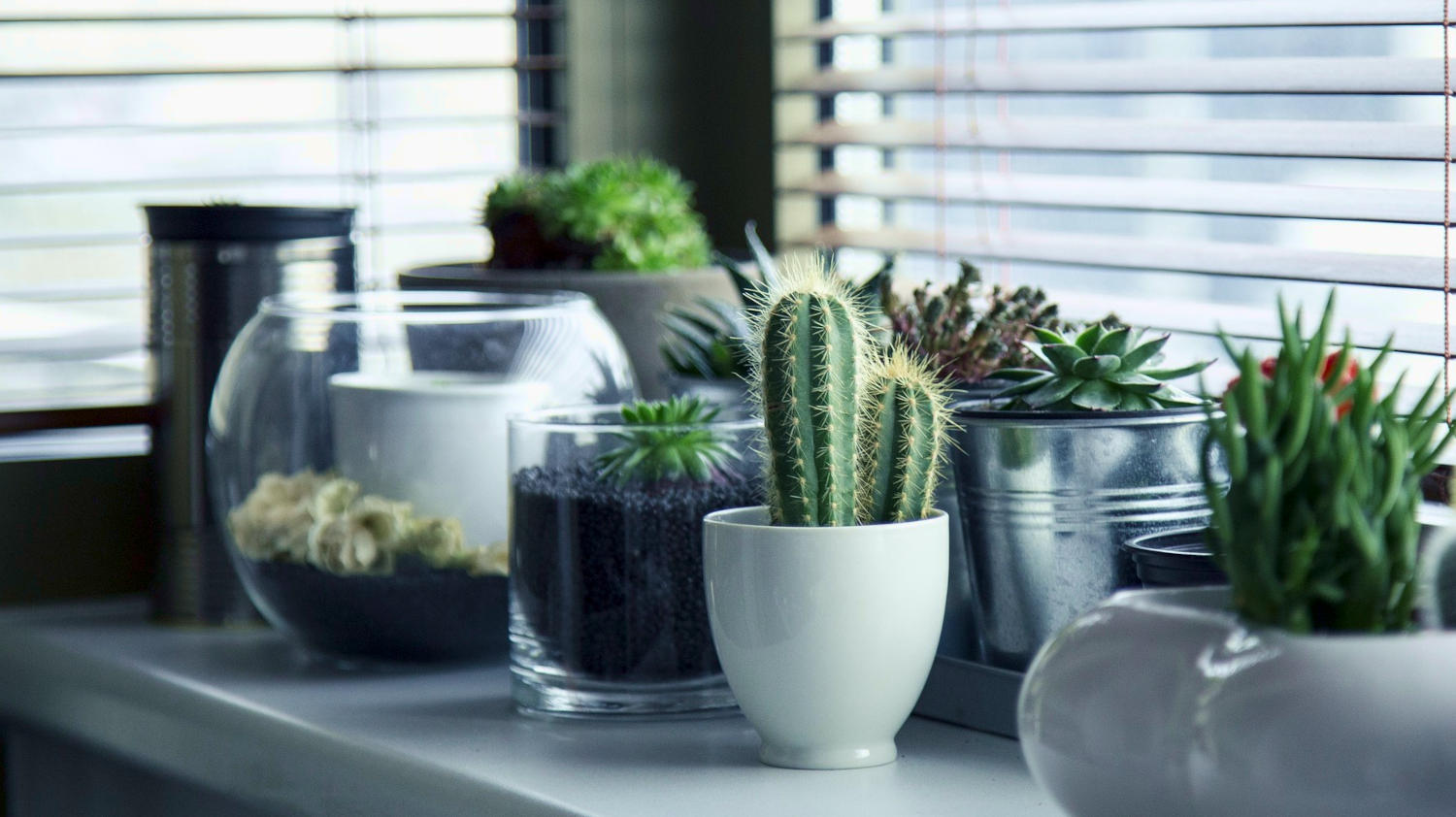Cactus vs Succulent
The appeal of cacti and succulents has captured the interest of both newbies and seasoned plant lovers. Regardless of whether you’re a beginner or an experienced gardener, choosing between the two requires some thought. In this article, we’ll explore the characteristics that differentiate cacti from other succulents, providing insights to help you in deciding whether cacti or succulents are the right fit for you.
What are Cacti?
Cacti, a specific type of succulent, have evolved to thrive in arid environments. What sets them apart from other succulents is their tendency to grow spines instead of traditional leaves. Additionally, cacti feature small bumps known as areoles, from which both stems and flowers emerge.
Examples of Cacti
Saguaro (Carnegiea gigantea)

Native to Southwest America, the saguaro cactus is iconic for its towering stature, adorned with golden spines and large, white, nocturnal flowers. This desert cactus requires patience due to its slow growth but rewards dedicated caretakers with a stunning and long-lived focal point in their garden or yard. This amazing cactus is obviously only a realistic option for you if you live in a place that has a more desert-like climate.
Barrel Cactus (Echinocactus grusonii)

The barrel cactus, native to Mexico, is characterized by its spherical shape and adorned with golden-yellow spines. This cactus is an excellent option for those seeking a low-maintenance addition to their landscape.
Prickly Pear (Opuntia)

The prickly pear is recognized for its distinctive flat, pad-like stems. This cactus produces vibrant, showy flowers and edible fruits, making it a popular choice for both ornamental and culinary purposes.
What are Succulents?
Succulents, on the other hand, encompass a diverse range of plant species, not restricted to cacti. Adapted to thrive in various climates, they are not limited to arid regions. Unlike cacti, non-cactus succulents typically have a smooth surface and lack the presence of areoles.
Examples of Succulents
Aloe Vera (Aloe barbadensis miller)

Aloe vera is a succulent well-known for both its ornamental appeal and its medicinal properties. The aloe plant is distinguished by its thick, jagged leaves, which contain a gel that is widely used to treat sunburns and maintain healthy skin.
Jade Plant (Crassula ovata)

The jade plant, also known as the money plant or lucky plant, is a classic indoor succulent with thick, oval-shaped leaves. Its leaves, often tinted with shades of green, red, or multicolored patterns, contribute to its aesthetic appeal, making it a favorite for both beginners and experienced succulent growers.
I was always fascinated with Jade’s ability to propagate via a single leaf! A single jade leaf that falls off and remains touching the soil can create a whole new plant!
Hens and Chicks (Sempervivum tectorum)

Known for their distinctive rosette growth pattern, hens and chicks, also known as house leek, are succulents that produce offsets, or “chicks,” around the main rosette. This characteristic makes them suitable for creating attractive ground covers and rock gardens.
Some varieties of hens and chicks even do well outdoors in the cold. Here in New England I’ve seen plenty of hens and chicks last our cold winters only to bounce back into life once spring arrives!
Choosing Between Cacti and Succulents
Aesthetic Appeal
Cacti, with their diverse shapes, sizes, and spines, often evoke a more traditional desert landscape like the iconic saguaro and prickly pear. Succulents, on the other hand, present a broader spectrum of forms, from compact, rosette-shaped hens and chicks to the more spread-out aloe vera. Understanding which visual characteristics resonate more with individual tastes can guide the selection process.

Growth Habits
Considering the available space and preferred growth habits ensures a harmonious integration of plants into the living environment, especially when considering hands-on or low-maintenance plant care preferences.
Watering and Lighting Needs
Cacti, adapted to arid conditions, generally thrive with infrequent watering and are well-suited for sunnier locations. Succulents, though drought-tolerant, may have varying light and water requirements depending on the species.
In general, non-cacti succulents require more watering. It’s best to use a more nutrient-rich soil that retains more moisture when growing succulents in pots.

By taking these factors into account, beginners can make informed decisions when choosing between cacti and succulents. Understanding and aligning with individual preferences contribute to a more enjoyable gardening experience.

